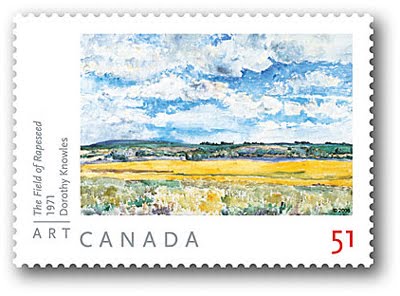During the growing season, neonicotinoid insecticides are frequently transported to surface water systems after rainfall events. However, detectable levels of neonicotinoids have also been found in wetlands during early spring, after ice-off but before crop seeding, representing an unexpected long-term exposure risk for aquatic organisms. This suggests long-term persistence, though origins and transport mechanisms remain unknown. We sampled 16 agricultural fields in the Canadian Prairies to investigate whether snow meltwater, particulate matter, top- (15 cm) or bottom-layer (15 cm) snow were potential sources of spring neonicotinoid contamination to receiving wetlands. Agricultural fields were selected based on the previous year’s crop: eight canola fields (clothianidin-treated seed) and eight oat fields (un-treated). We further sampled the wetlands draining those same oat and canola fields from ice-off to seeding to assess changes in neonicotinoid concentrations over time. Top-layer snow was below the limit of quantification for both canola and oat fields. Neonicotinoid concentrations (sum of clothianidin and thiamethoxam) were highest in meltwater (canola, mean: 267 ± 72.2 ng L−1; max: 633), but also detected in bottom-layer snow (oat, mean: 36.1 ± 9.18 ng L−1; max: 92.9), and soil particulate matter (canola, mean: 10.2 ± 1.82 μg/kg; max: 17.2). Concentrations in meltwater showed a stronger relationship (R2 = 0.35) with initial concentrations in wetland water than any other source type. Temporary wetland hydrology is largely fed by meltwater thus spring total neonicotinoid concentrations were higher in temporary wetlands than seasonal/semi-permanent wetlands (P = 0.003). Only clothianidin was detected in soil particulate matter samples, including from oat fields not treated the year before, confirming this compound can persist over multiple years under local field conditions. The results of this study suggest that under normal agricultural practices, wetlands in colder climates are likely to be contaminated even before seeding occurs through persistence of neonicotinoids in soil and transport by snowmelt and particulate to surface water during spring runoff.
Source: Main AR et al. (2016) Agriculture, Ecosystems & Environment Volume 215, Pages 76–84
http://www.sciencedirect.com/science/article/pii/S0167880915300785

- Log in to post comments
